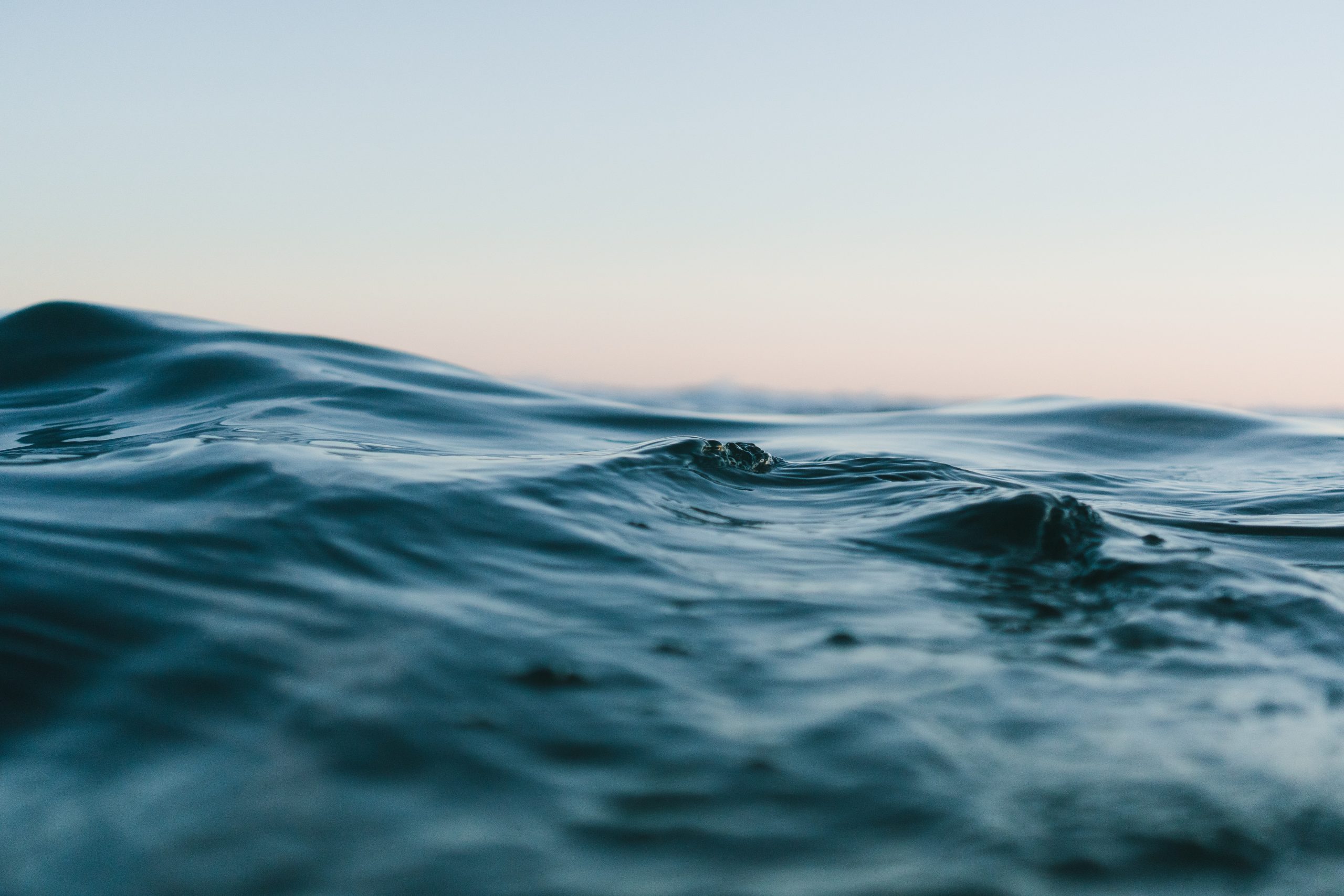Whose ocean is it anyway? Adoption of treaty signals for the conservation and sustainable use of marine biological diversity

10 Aug 2023
Approximately two thirds of the world’s oceans lie beyond national boundaries in areas known as the “high seas”. These areas are rich in biodiversity and provide invaluable ecological, economic, social, cultural, scientific and food-security benefits to humanity.
Whilst efforts have been made to protect marine resources within local territories, the high seas represent large tracts of open ocean which remain largely unregulated. Despite being areas of considerable value from a biodiversity perspective, the high seas have not, until recently, received adequate protection.
On 19 June 2023, nearly 200 member states of the United Nations adopted the first international treaty aimed at protecting the high seas. The treaty, known as the treaty on the conservation and sustainable use of marine biological diversity of areas beyond national jurisdiction or “BBNJ treaty”, has been published under the United Nations Convention on the Law of the Sea (UNCLOS). The treaty aims to provide for the increased protection of the world’s oceans and the sustainable use of marine resources by regulating activities undertaken at the high seas.
In seeking to achieve these goals, the BBNJ treaty provides for inter alia the establishment of:
- area-based management tools, including the establishment of marine protected areas on the high seas;
- a legal framework for the provision of environmental impact assessments necessary to investigate potential harm caused by activities conducted on the high seas; and
- a mechanism for the transfer marine genetic resources necessary to provide for the equitable sharing of benefits of resources extracted from the high seas.
The BBNJ treaty is likely to have considerable implications for persons carrying out activities on the high seas. These activities, such as the mining of oil and gas, energy generation and commercial fishing, are likely to be scrutinised and assessed for their impact on the environment together with certain activities being precluded from taking place in specified areas altogether.
Whilst the adoption of the text is a major milestone and will contribute significantly in seeking to achieve the Global Biodiversity Framework’s target of protecting 30% of the planet’s land and sea by 2030, 60 (sixty) UN member states are required to ratify the treaty before it comes into force and effect.
Once the BBNJ treaty achieves this threshold requirement, achieving its objectives will largely depend upon how well it is adopted domestically, the effectiveness of enforcement measures and the cooperation between member states. Whilst these represent challenges, the BBNJ represents a major step towards protecting biodiversity and promoting the sustainable use of marine resources in areas that were previously vulnerable to exploitation.
Full text of the treaty is available here: Link
Article sourced from Eversheds Sutherland.
See also:
- Bioprospecting in South Africa
- First edition of Eversheds Sutherland (South Africa) Environmental Newsletter
- Increasing focus on environmental taxes in South Africa
- State’s custodianship over South Africa’s mineral resources

